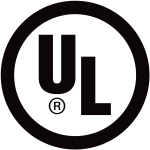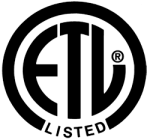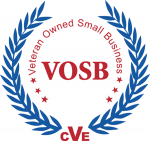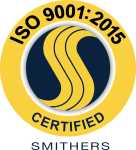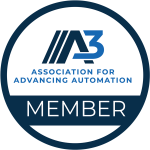
Compliant since 2005
Quabbin Wire & Cable Co., Inc. has been compliant with EU RoHS Directives since 2005. Products manufactured by Quabbin Wire & Cable Co., Inc. are compliant with the following EU RoHS Directives:
- EU Directive 2002/95/EC – Initial RoHS Directive (RoHS 1)
- EU Directive 2011/65/EU – RoHS Recast Directive (RoHS 2)
- EU Directive 2015/863/EU – Amendment to RoHS 2 Directive (RoHS 2+)*
EU Directive 2002/95/EC (RoHS 1)
The initial EU RoHS (Restriction of Hazardous Substances) directive aimed to restrict certain dangerous substances commonly used in electrical and electronic equipment (EEE) and went into effect January of 2003. This directive restricted the presence of the following substances in electrical and electronic equipment on the market:
- Lead (Pb)
- Cadmium (Cd)
- Mercury (Hg)
- Hexavalent chromium (Hex-Cr)
- Polybrominated biphenyls (PBB)
- Polybrominated diphenyl ethers (PBDE)
For Cadmium and Hexavalent chromium, this directive required there be less than 0.01% of the substance by weight at the raw homogeneous material level. For Lead, Polybrominated biphenyls, and Polybrominated diphenyl ethers, this directive required there be no more than 0.1% of the substance by weight, per each raw homogeneous material used in an applicable product. Any RoHS compliant component was required to have 100 ppm or less of mercury and the mercury must not have been intentionally added to the component. As for new products being placed on the market, starting in July 2006 this directive required these substances not be present in EEE, except for exemptions as listed in the Annex of the directive. In the EU, some military and medical equipment were exempt from RoHS compliance under this directive.
EU Directive 2011/65/EU (RoHS 2)
Referred to as the Recast Directive and more commonly as RoHS 2, EU Directive 2011/65/EU restricts the use of certain hazardous substances. These include the same substances restricted under the initial RoHS directive, referred to as RoHS 1.
RoHS 2 updated the thresholds at which EEE can contain these substances:
Compared to RoHS 1, RoHS 2 not only expanded the scope of products covered, but it also imposed new obligations on EEE manufacturers when preparing EU Declarations of Conformity and affixing CE markings on finished products.
EU Directive 2015/863/EU (RoHS 2+)*
In June 2015, the EU Commission published a new RoHS Directive to amend Annex II of EU Directive 2011/65/EU (RoHS 2), adding the following four phthalates to the list of restricted substances:
- Bis(2-Ethylhexyl) phthalate (DEHP)
- Butyl benzyl phthalate (BBP)
- Dibutyl phthalate (DBP)
- Diisobutyl phthalate (DIBP)
These changes took effect between 2019 and 2021 based on the type of electrical and electronic equipment.
*EU Directive 2015/863/EU is often mistakenly referred to as RoHS 3. Quabbin Wire & Cable refers to this directive as RoHS 2+. It is important to avoid using the misnomer of RoHS 3 for this directive since a formal RoHS 3 will likely be published in the future.
The table below is the complete list of all substances restricted under the EU RoHS Directives (RoHS 2 and RoHS 2+) and their corresponding maximum concentrations.






